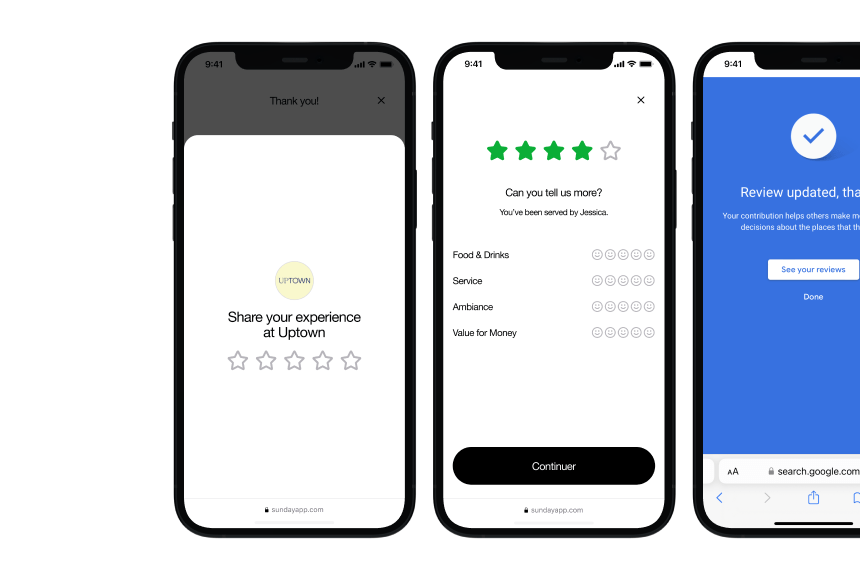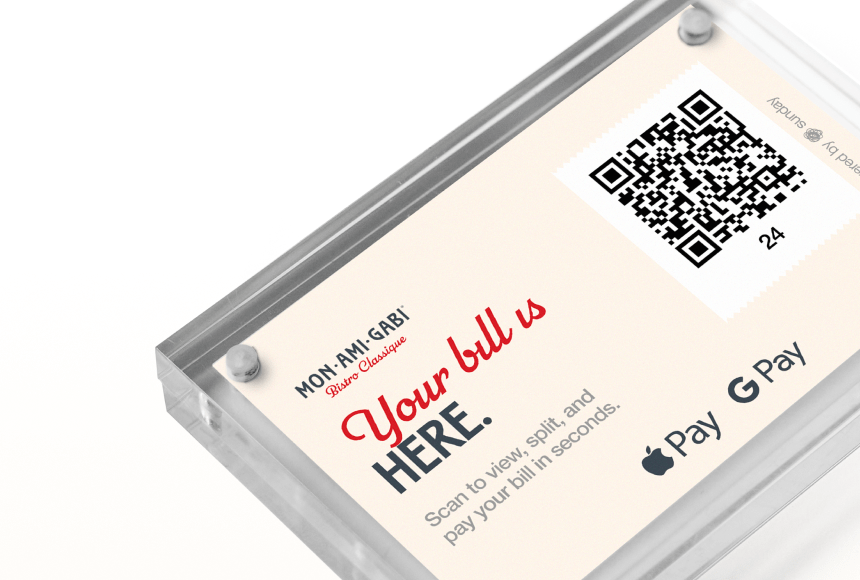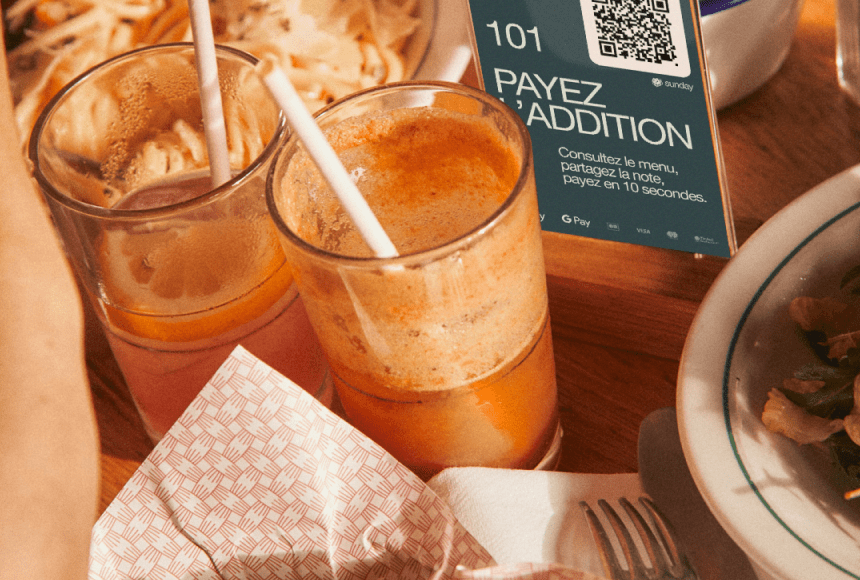
Guest Input: The Start of a Meaningful Conversation
Understanding the Modern Restaurant Landscape
Every restaurant owner in the United States knows how challenging it is to stand out in a bustling industry. The competition can feel more intense than trying to land a perfectly seared filet mignon on a busy Saturday night. Rapid changes in customer expectations—especially when it comes to meal quality, service speed, and convenience—make it clear that restaurants need to evolve. On top of that, online platforms like Google Reviews, TripAdvisor, or Yelp allow guests to share their thoughts in real time, and this discovery can be both exciting and frightening.
We all read reviews. They can boost your reputation, or they can raise concerns about soggy fries and lackluster atmosphere. Still, an often-overlooked reality is that the diner’s written opinion is just a snapshot. In many restaurants, you might find a comment card or an online feedback form, but what happens after the feedback is collected?
The real opportunity is to transition from one-way reviews to productive conversations. By encouraging guests to share their feedback continuously—even beyond the initial public review—restaurants can drive significant improvements. The hush-hush criticism or half-hearted accolades won’t help you refine your menu or level up your service. In a sense, a review is a single note, while ongoing feedback is a whole symphony waiting to be composed. It can inform everything from your hiring strategy to your menu engineering.
The Power of Feedback Beyond Reviews
A review is typically an end product: after a guest’s experience, they decide whether to leave a note. But feedback—especially when consistently gathered—acts as a living source of trends and insights. Imagine how much more you could learn if every guest felt comfortable offering suggestions on the spot, right when they pay or even while they’re still at the table.
Let’s consider some key benefits of encouraging more in-depth feedback:
- Faster improvements: Instead of waiting for your average rating to drop or climb, real-time feedback helps you address issues swiftly.
- Better guest engagement: When guests realize their voices are heard and that change is actually happening, they feel valued. This leads to higher customer loyalty.
- Refined menu and service: Direct, actionable comments allow you to see patterns in flavor preferences, portion sizes, or service style. It’s like having a secret recipe for success.
- More positive online reviews: Satisfied and engaged patrons are more likely to become brand advocates on review platforms.
What happens if your restaurant is reliant solely on Google Reviews or Yelp star ratings? You risk making changes based on a potentially narrow set of opinions. A single bad day, a small incident, or an unruly guest might skew scores. Meanwhile, the loyal regular who has solid insights on how you could improve seldom gets a chance to provide ongoing input, unless specifically asked. By extending the feedback loop beyond a simple rating, restaurants can tap into rich information about the guest experience and turn that knowledge into gold.
Turning Observations Into Action
Let’s be honest: gleaning feedback is only helpful if you do something with it. Transforming that input into real actions requires intentionality. If you gather feedback without a system for analyzing and acting on it, you might as well be stacking plates in the kitchen without washing them. Here’s how you can make the most out of guest input:
- Establish a clear process: Decide who reviews incoming feedback, whether that’s you, a manager, or a front-of-house team member. Have a plan for addressing concerns or acknowledging compliments.
- Categorize feedback: Group comments based on themes like menu quality, service speed, cleanliness, or atmosphere. This helps you spot recurring issues and address them quickly.
- Take immediate action: If you learn that the new pasta dish is consistently overcooked, fix the cooking timing right away. Swift responses can reduce the impact of negative experiences.
- Follow up sincerely: When you make a change, let your customers know. Publicly responding to reviews online or sending a personalized message can show that you take their words seriously.
These steps might seem rudimentary, but they’re incredibly powerful. According to the National Restaurant Association, more than 70% of diners say a restaurant’s responsiveness to feedback influences whether they will return. That statistic proves that how you handle feedback matters just as much as the content of the feedback itself.
Using Technology to Encourage an Ongoing Dialogue
The saying “time is money” rings especially true in the restaurant business. Could technology streamline the process while capturing better insights? Absolutely. This is where solutions like QR code-based payment systems come into play.
How does it work? When guests pay using a dedicated QR code at the table, they can automatically be prompted to leave quick input—star ratings, short bursts of text, or even direct suggestions. From there, you can invite them to post their thoughts on Google. This immediate link between payment and feedback eliminates the friction of searching for your business on a review platform or remembering to leave feedback later. It’s like offering an after-dinner mint: easy, convenient, and open to everyone.
Technology helps in other ways too:
- Automation: You don’t need to spend hours sifting through countless platforms. Integrations can centralize and categorize feedback automatically.
- Real-time alerts: You can receive notifications about urgent issues (e.g., a complaint about food allergies not being accommodated) before they go viral on social media.
- Continuous engagement: Invite returning customers to share updated opinions, ensuring your feedback reflects current experiences, not just what happened six months ago.
Think of it as constantly tasting a sauce while it’s simmering. You’re able to adjust seasoning and consistency before the dish is ruined. With a digital system, you can taste that sauce every day, capturing what your guests are experiencing in the moment.
Making Feedback Personal and Purposeful
Even with all the digital tools out there, your hospitality remains the cornerstone. Building a rapport with your diners starts in person. It begins the moment they walk in, and it continues well after they leave. Warm welcomes from hosts, genuine small talk from servers, and thoughtful check-ins from managers all prime guests to feel comfortable sharing their thoughts. By the time they see a QR code, leaving additional feedback becomes a natural extension of that friendly exchange.
This approach leans on the power of human connection. Feedback should never feel forced or robotic. When done right, it’s more like a friend politely letting you know you have a bit of basil in your teeth before stepping out to greet customers. As an owner, you get a chance to learn not just from feedback but also from simple observations—like how a group with kids reacts to your new kids’ menu or how the couple celebrating their anniversary responds to a surprise dessert.
A Quick Real-World Example: The Little Bear Diner
Let’s take a hypothetical restaurant—The Little Bear Diner. Located on a cozy street corner in Chicago, it started as a family-style eatery specializing in hearty breakfasts. They posted a QR code-based payment link at every table, encouraging folks to comment right there and then.
In the first month, they noticed several repeated notes on how the coffee was too bitter. Customers had never bothered to mention it in publicly visible online reviews, but their internal feedback system revealed a pattern. The diner quickly switched to a smoother roast, retrained the baristas on water-to-coffee ratio, and introduced a new flavor profile that better fit their target audience’s tastes. Within weeks:
- They cut negative coffee feedback by 90%.
- Breakfast sales rose by 12%, as folks began recommending the diner’s coffee to friends.
- They received more positive mentions about the entire drink menu on Google Reviews, calling the coffee pleasant and “well-balanced.”
None of this would have happened if they had simply been relying on star ratings or end-of-meal review requests. The specific complaint about coffee bitterness was the kind of real-time detail they could act on immediately. It not only solved a quality issue but also increased profitability, purely by allowing people to express their thoughts in a fast, frictionless way.
What This Means for Your Restaurant
It’s not about doubling your marketing budget or revamping your floor plan all at once. The beauty of ongoing feedback is that it often reveals small, high-impact changes. Maybe it’s your side dish’s portion size that’s preventing a second-time visit. Or perhaps your acoustic environment is too loud, making it hard for big parties to converse. When you make small adjustments, you can see results in satisfaction scores, average tickets, and overall brand reputation.
If you’re worried about burdening your staff, know that many modern feedback solutions integrate seamlessly with electronic payment terminals, so your team doesn’t have to do extra steps. In fact, you might free them up from those tense “How is everything?” table visits that sometimes feel more performative than genuine. The process can be fluid, requiring minimal staff intervention. The server brings the bill, the customer scans their code, leaves a tip if they wish, types a short comment, and—if prompted—pops over to Google to leave a public review. Done.
A system like sunday integrates this functionality directly: it’s built to handle payments while facilitating immediate feedback and even prompting guests to share those experiences on public platforms. That synergy helps restaurants capture a bigger picture of what their customers truly think. Your official Google listing gets a healthy dose of fresh reviews, while you also maintain a private channel where folks can give pressing feedback. Not everyone wants to share a private quibble publicly, so offering an easy internal option is a great way to gather more valuable insights—and potentially avoid negative public posts.
As you refine your menu or speed up your table turns, you’ll soon notice an interesting phenomenon: guests will start to feel more like collaborators in your restaurant’s success. This might show up in small ways, like local regulars who happily suggest new seasonal ingredients or families that share what items they’d love to see for children’s birthdays. The narrow barrier between feedback and action fosters trust, turning occasional visitors into loyal promoters of your business.
Practical Steps to Keep the Conversation Flowing
Looking to integrate an ongoing feedback system in your own restaurant? Here are some practical steps to start:
- Test the tech: Invest in a payment solution that seamlessly integrates with feedback prompts. Ensure it’s user-friendly and quick to load on a guest’s phone.
- Promote the process: Encourage staff to mention the feedback option briefly, but don’t push too hard. Let the technology do the heavy lifting.
- Set up a feedback review schedule: Check in at least once a day or twice a week to see if anything requires immediate attention. Don’t let urgent issues pile up.
- Celebrate successes: Let your team know if the kitchen gets rave reviews for a new dish. Boost morale by sharing positive responses in pre-shift meetings.
- Plan for improvements: Gather your team monthly to look at trends. See what’s working and what’s not, then set actionable goals.
Continuing the Story
The journey doesn’t need to end at a simple star rating or a short line on Google. By harnessing ongoing feedback, you create a dynamic conversation that not only benefits your bottom line but also enriches your relationship with every single patron. Customers appreciate a place where they can be heard, and as any restaurateur knows, word of mouth is the ultimate advertisement for good eats.
With the right strategy and technology, you’ll extend the guest’s voice far beyond a quick review. You’ll turn fleeting opinions into a constructive channel for constant growth. It’s not only about avoiding negative feedback; it’s about capturing missed opportunities, delighting your customers, and evolving with every dish and every visit.
In a nutshell, inviting guest feedback to go beyond reviews is a game-changer. It transforms a single enthusiastic or disheartened remark into a continuous storyline that helps you elevate the guest experience day after day. Ultimately, it’s how your place can stand out across a crowded field of restaurants—by making customers true partners in the experience you serve.
Find out more today
Drop us your details below and we’ll reach out within the next 24h
Stay on top of your online reputation.
Say goodbye to bad ratings and hello to 5*s. Get to know your customers with our integrated rating & review feature, which allows you to get more reviews, better ratings and more visibility online.




